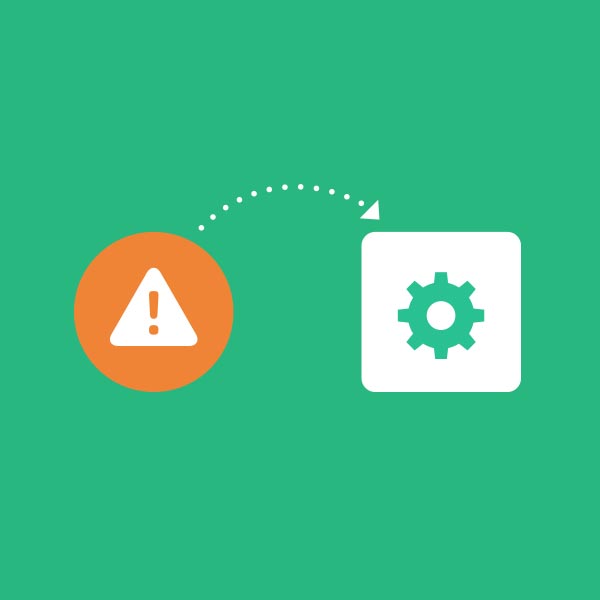Last updated at Fri, 10 Nov 2023 20:09:12 GMT
The best security operation centers (SOCs) are built on efficiency and speed-to-response. But if you’ve ever worked in a SOC or on a security team, you know it’s tough to get your security systems, tools and teams to integrate in a way that streamlines detection, response, and remediation.
One of the most tedious tasks of all is cobbling together alert details to assess if a security event is a real threat, along with correlating data and coordinating the appropriate response.
That’s why security tools need to be connected, security processes need to be efficient and as an industry, we need to start working together. As new technologies arrive on the scene every day (IoT, BOYD and continued virtualization of all the things), security teams need a way to become more agile.
This is where security orchestration and automation comes in. Orchestration is not a new term by any means. You’ve probably heard of DevOps orchestration, which seeks to automate infrastructure deployments and document ‘infrastructure as code’. Now it’s time to apply this to security processes.
What is Security Orchestration?
Security orchestration is a method of connecting security tools and integrating disparate security systems. It is the connected layer that streamlines security processes and powers security automation.
Security Orchestration Applied
Considering the sheer volume of output generated from today’s security tools, it’s no question that SOCs are experiencing serious alert fatigue and ultimately missing intrusions. With security orchestration, SOCs are able to coordinate the flow of data and tasks (e.g. monitoring SIEM alerts) by integrating existing tools and processes into a repeatable, automatable workflow.
A security orchestration solution connects your systems, tools, and processes together, allowing you to leverage automation as necessary, and get more value out of your people, processes, and tools.
Moreover, SOCs can avoid slow, manual processes and instead replace them with contextual decision making and fast responses. After all, security teams should be using their expertise to quickly and effectively respond to events, not wasting time on tedious, manual tasks.
Security Orchestration Rescues Complex, Reactive Processes
Automating security operations and processes is no longer a “nice to have”, it’s a “need to have”. Not only has it become increasingly complex to manage multiple security tools and processes manually, it’s inefficient and can introduce human error to the equation.
For example, common threats like phishing emails require significant time to manually investigate, which opens the door to human error. Security analysts and incident responders have to look for malicious attachments, phishing URLs or suspicious requests for sensitive information by jumping from system to system to test email content. The effort to manually retrieve that data is extensive.
It’s also unrealistic to expect that a modern security team use a ‘single solution’ or tool for the work they do. A CISO can no longer just buy ‘Trusted Security Vendor X’ and check off a compliance checklist. Increasingly, security teams are being held responsible for missed breaches, and look to buy ‘best of class’ products to protect against the threats that affect their businesses. However, using a wide variety of vendors means increased complexity for security teams that is oftentimes difficult to manage.
The good news is that security orchestration can automate these routine investigatory tasks and execute them with far more accuracy, leaving more time for human insight and response. It can also enable CISOs to use their security budget far more effectively: by orchestrating the integration between security products, security teams can still buy the ‘best of breed’ in protection while staying efficient.
Security Orchestration Translates Complex Processes Into Streamlined Workflows
Considering the sheer number of moving parts in any given company (applications, users, credentials, endpoints and more) it’s impossible to stay ahead without some form of automation. With security orchestration, companies are able to translate complex processes into seamless and automated workflows.
Let’s take user provisioning and deprovisioning as an example. Many companies make use of single sign-on (SSO) solutions, which can dramatically simplify the login process while keeping users and data protected. However, not every app supports SSO — which makes for a serious security headache, especially for users with a variety of permissions across systems. Security orchestration solves for this problem in a reliable way.
With security orchestration in place, SOCs can automate the addition or removal of users under different scenarios by using pre-built integrations to the apps your business uses along with a custom workflow to ensure that access is granted only to employees who need it.
Security Orchestration Will Change Security Operations (for the better)
Security orchestration is about to transform security operations in a big way. Bringing in orchestration means you can extend the power of your team so they can instead focus on strategic insight — catching compromises and continuing to build deep layers of defense.
Even better, security orchestration doesn’t require you to throw out your current tools. In fact, it extracts even more value from them by weaving in an orchestration layer to connect the dots between each tool and better inform security team members in the event of an incident.
And with security orchestration in place, and automation handling rote tasks and processes, day-to-day activities can finally be manageable for security teams!
